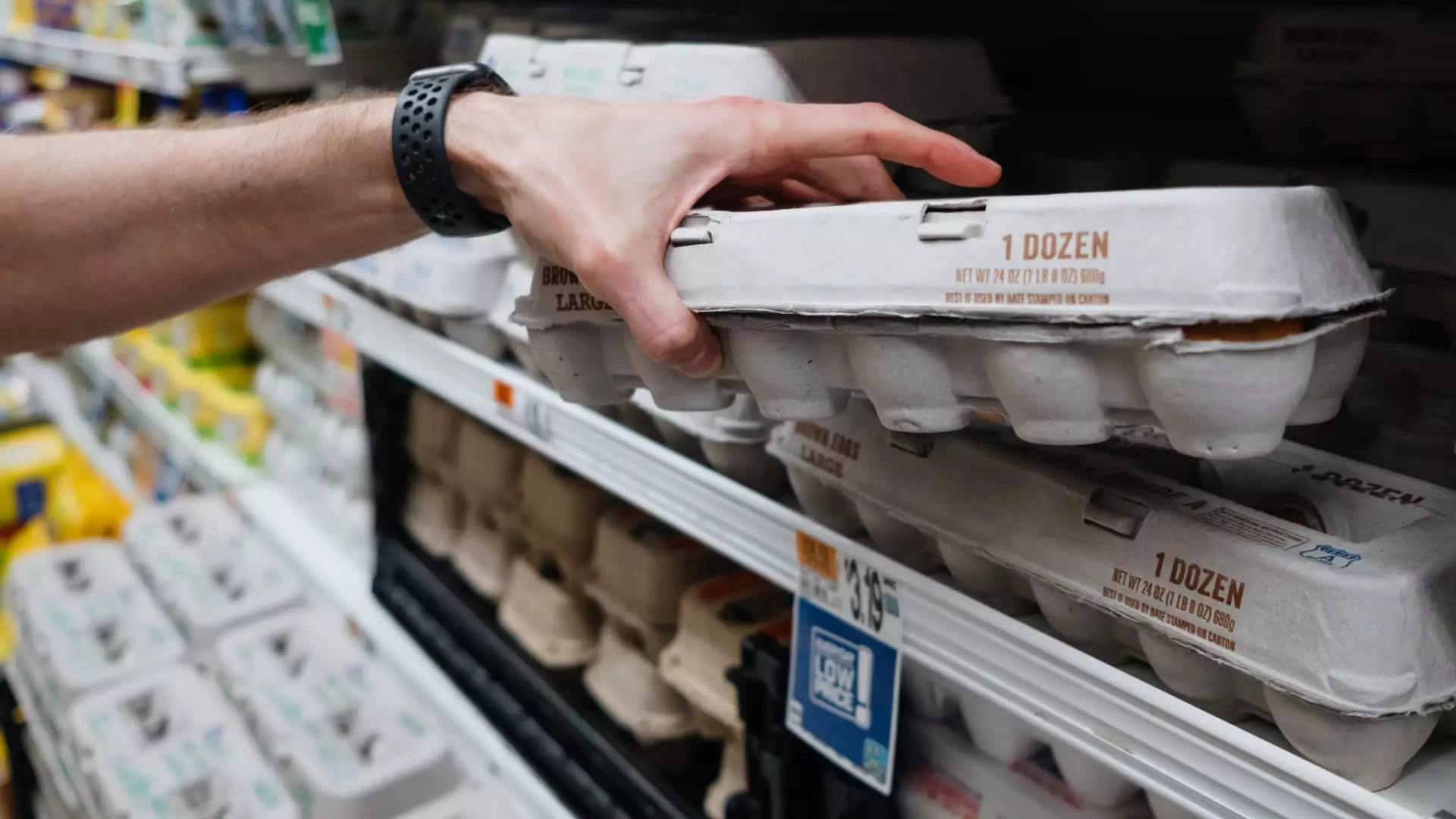August 2023 brought a refreshing breath of economic respite for many in the United States as inflation showed signs of retreat. After a turbulent inflationary period amplified by the COVID-19 pandemic, consumers felt a semblance of relief as price increases seemingly began to stabilize. This article seeks to explore this pivotal moment in economic history, analyzing the reduced tempo of inflation and its implications on consumers, policymakers, and the broader economy.
According to a report from the U.S. Department of Labor, the Consumer Price Index (CPI) rose by a modest 2.5% in August compared to the previous year, reflecting a decrease from July’s figure of 2.9%. This decline marks a significant achievement, as it’s the lowest recorded level since February 2021. The shift indicates that inflationary pressures are easing, as noted by Sarah House, a senior economist at Wells Fargo. “Overall inflationary pressures are dissipating,” she stated, encapsulating a sentiment of cautious optimism.
Despite this promising data, experts continue to urge vigilance, pointing toward certain challenging sectors, particularly housing. The dynamics of the housing market have formed a complex web that presents ongoing challenges to achieving a stabilized economic landscape.
In observing the components of inflation, housing, classified under the “services” umbrella, has consistently posed a significant barrier to effectively curbing inflation rates. The BLS identified that the shelter index alone climbed 5.2% since August 2023, contributing to approximately 70% of the yearly rise in the core CPI. This is concerning because housing inflation tends to shift at a slow pace due to the methodology used in its measurement, meaning that although there are signs of improvement in real-time rental markets, the aggregate data may not reflect this momentum.
Housing inflation has stubbornly maintained its highs, and economists have noted a puzzling trend of consecutive monthly increases (from 0.2% in June to 0.5% in August). Sarah House voiced her perplexity about this trend, observing that background rental market conditions suggest continued deceleration in shelter inflation. The incongruence between real-time rental data and traditional inflation metrics underscores a critical dynamic in the current economic environment.
The Fed’s actions and the evolving job market also feature prominently in the discussion regarding inflation. With the job market cooling, there is speculation regarding the Federal Reserve’s forthcoming shifts in monetary policy. Previously, the Fed had ratcheted up interest rates to their highest point in over two decades, thus elevating borrowing costs for individuals and businesses alike. As inflation tames, there is anticipation of rate cuts to prevent the economy from sliding into recession. Experts predict a potential quarter-point reduction at the Fed’s next policy meeting, symbolizing a strategic pivot.
Furthermore, a look into inflation in various consumer good categories reveals mixed results. For instance, while the prices for everyday essentials like groceries have seen a moderated inflation rate of less than 1%, certain items—eggs in particular—are undergoing a rebound due to previous supply chain disruptions caused by bird flu, underscoring the volatility of food prices. Meanwhile, gasoline prices have seen a notable annual decline of approximately 10%, adding more layers to the inflation narrative.
The inflation report for August poses a series of intriguing questions about the direction of the U.S. economy. The reduction from a staggering 9.1% peak to a more manageable 2.5% reveals not just a reaction to external market forces but demonstrates the resilience and adaptability of both businesses and consumers. Nonetheless, lurking challenges persist, particularly within the housing market, reminding us that the path to sustained economic stability may not be a straight line.
As consumers continue to navigate an environment with a precarious balance between inflation and potential recession, the importance of attentive policy measures becomes increasingly clear. Overall, while the data offers a promising outlook, it is essential to remain vigilant as economists and policymakers endeavor to forward strategies that address persistent inflation drivers. Understanding these dynamics will be paramount as the nation seeks an economic recovery that is not just robust but sustainable.
In essence, it appears that the approach to inflation is transitioning from panic-induced measures to more thoughtful, intentional steps. The familiar maxim “the only constant is change” rings true as we consider the evolving economic landscape, with August serving as a critical checkpoint on this ongoing journey.

Leave a Reply